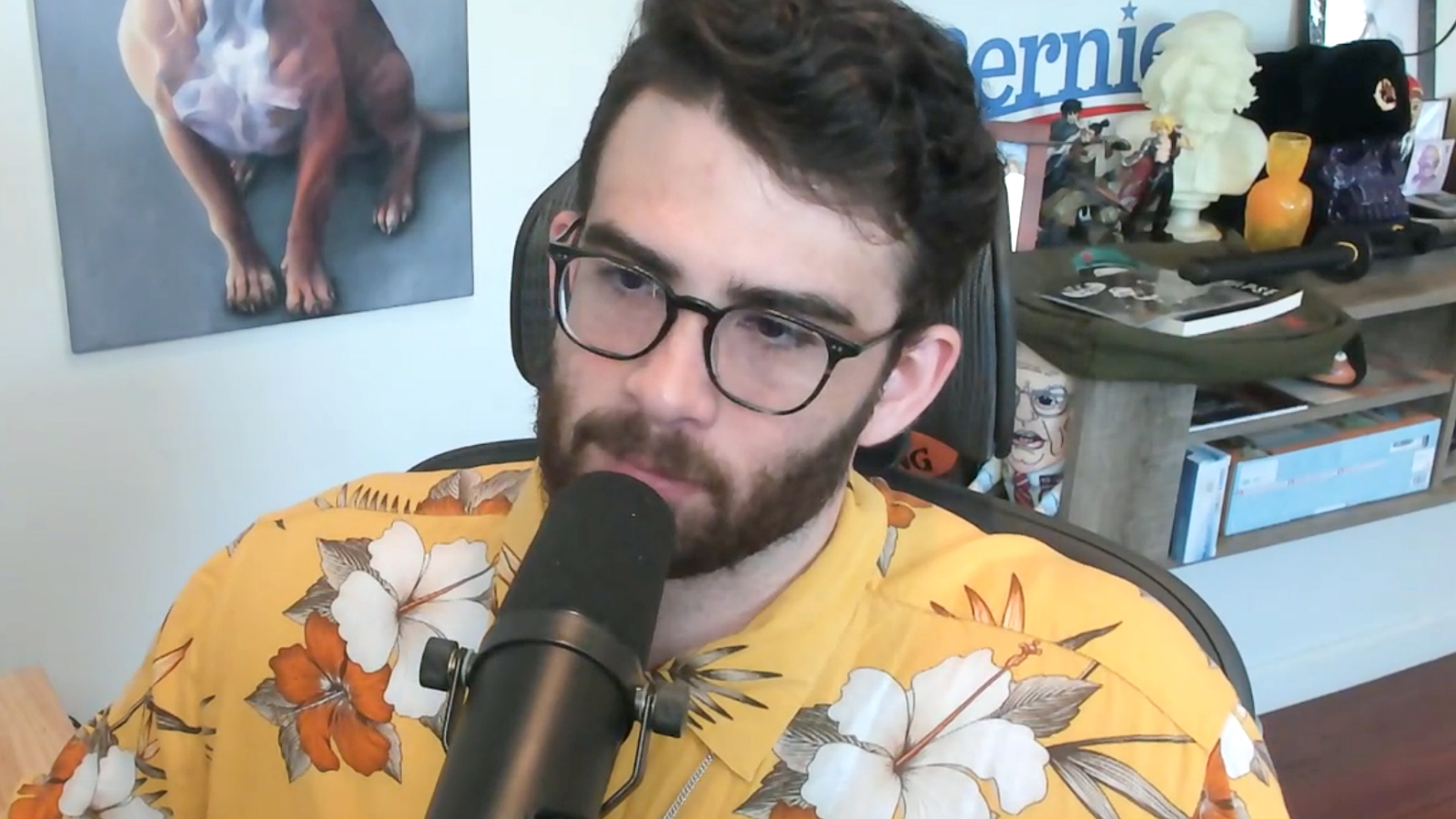Esports viewing continues rapid growth
 Streaming of esports increased by almost 70% in 2020.
Streaming of esports increased by almost 70% in 2020.
According to a new report from Stream Hatchet, the esports market continued to grow in 2020, with the outbreak of the Covid-19 pandemic causing a surge in viewing.
Live sports across the world were brought to a halt in the early part of the year, and a significant number of housebound viewers turned to the digital realm for their fill of live entertainment. While many sports and live events resumed in the summer, activity remained high throughout the year with esports viewing increasing by 69% year-over-year on platforms like Twitch and Facebook gaming.
The Amazon owned Twitch strengthened its position and doubled its total watch hours from Q4 2019 to Q4 2020 to 5.4 billion.
The explosion of digital broadcast platforms has seen brands and advertisers capitalise on the exposure to a largely male millennial audience. The report notes that streamers created 455 million hours of sponsored live streams in 2020.
Eduard Montserrat, CEO of Stream Hatchet., said: “Stream Hatchet’s data has confirmed that video games and esports have taken a huge step in popular culture. When much of the live entertainment world went dark, streaming platforms were able to captivate audiences through remote esports tournaments and exciting live streams.”
The rise of political streaming
These platforms however are no longer solely dominated by gaming, with political coverage in particular becoming a key aspect to viewing. Twitch launched a dedicated politics category in February, while over 80 million hours of political content was watched on Twitch and YouTube during the US election season.
 Highlighted by the report is leftist influencer Hasan Piker, who only occasionally plays games on his streams. He was the 11th most watched overall channel on Twitch in December, with his viewers watching more than 5.8 million hours, and briefly became the number one streamer on the platform during November’s election.
Highlighted by the report is leftist influencer Hasan Piker, who only occasionally plays games on his streams. He was the 11th most watched overall channel on Twitch in December, with his viewers watching more than 5.8 million hours, and briefly became the number one streamer on the platform during November’s election.
Montserrat said: “During one of the most closely monitored election cycles in US history, younger generations turned to these platforms, and their respective influencers, to learn about the political discourse informing their decisions at the poll booths. We’re fascinated with the data points and larger media trends that are contained within this report, and are confident that 2021 will yield even more compelling insights.”



